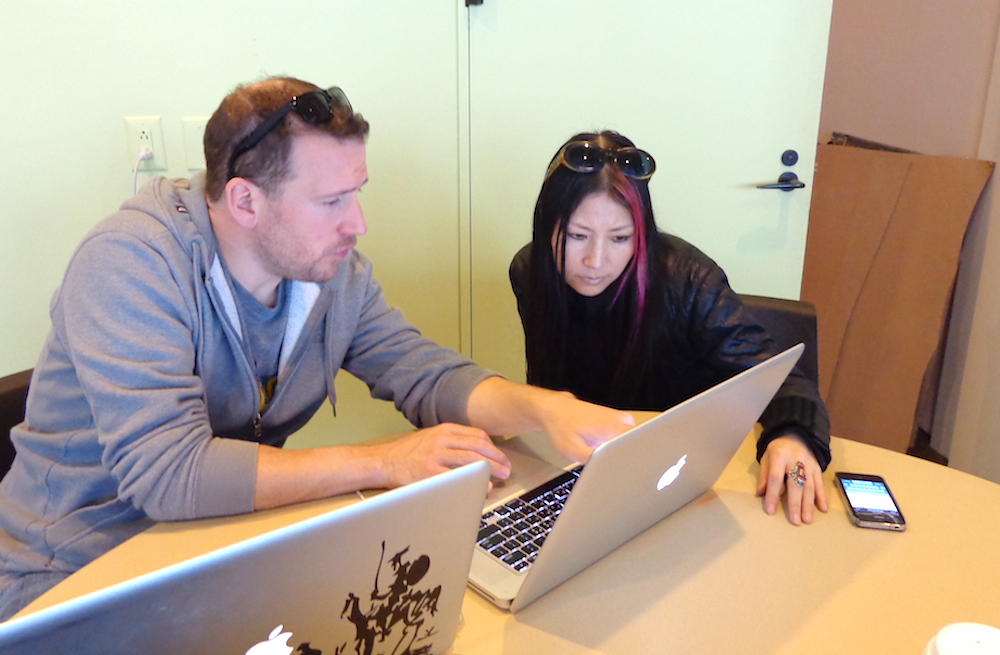Best Practices for Your Artist Website

PDP artist and leader Sue Schaffner highlights the essential strategies for a clean, welcoming artist’s website to ensure visitors have a seamless user experience.
The following post comes from the Professional Development Program’s (PDP) Artist’s Tools and Internet For Artists handbooks, which are used in our workshops. For more information on Creative Capital’s workshops and webinars, see our online calendar.
Websites allow you to exponentially broaden visibility for you and your work. Your artist website can help create a conversation around what you do, and allow you to control the way your work is received and appropriated.
Whether you are starting from scratch or hoping to revamp your online presence, developing your site yourself or hiring someone else to help out, there are free software templates designed by and for artists that can make getting started much simpler. Check out this post for our software and site recommendations.
Let’s start with the basics.
A visitor to your website should be able to easily find all the information about you and your work that they might need. This includes your current, upcoming and past work as well as career highlights, motivations as an artist, press comments, and how to reach you. You might want to include a press section with hi-res images and media releases, a blog for keeping up with your process, and links to any relevant sources, collaborators or colleagues.
No matter what you choose to include, we encourage you to follow some of these best practices while building (and maintaining) your site:
- Your site should be equally functional and beautiful, erring toward functionality, while providing quality representation of your work.
- Make sure that it’s smart phone and/or tablet accessible! This format is increasingly popular.
- Optimize your site for search engines—ensure that the site and images are all properly tagged.
- Make sure the site (and its photos) load quickly.
- Offer an easy way to stay connected, either through a mailing list or other media feed. Allow users to unsubscribe.
- Update the site regularly, at least every 6 months so people know you’re still active.
- Keep a professional tone; avoid banner advertising and posting pictures of your kids on vacation. Remember that curators and producers will see your site. Don’t post anything you wouldn’t want them to see.
Creative Capital hosts professional development workshops to help artists learn skills such as proposal writing, marketing, and budgeting to help artists complete successful projects from inception to completion. Check our calendar for upcoming workshops!
